Mandarin 🆚 Cantonese – The 7 Key Differences : Gareth’s Thoughts
What are the differences between Mandarin and Cantonese? Our student Gareth lived in Hong Kong and studied in Beijing so he’s more qualified than most to tell us. Let’s discover his story…
My experience learning Mandarin has been somewhat unique compared to other students at LTL.
I lived in Hong Kong (Cantonese) in the late 90s and achieved a fairly high level of fluency speaking Cantonese.
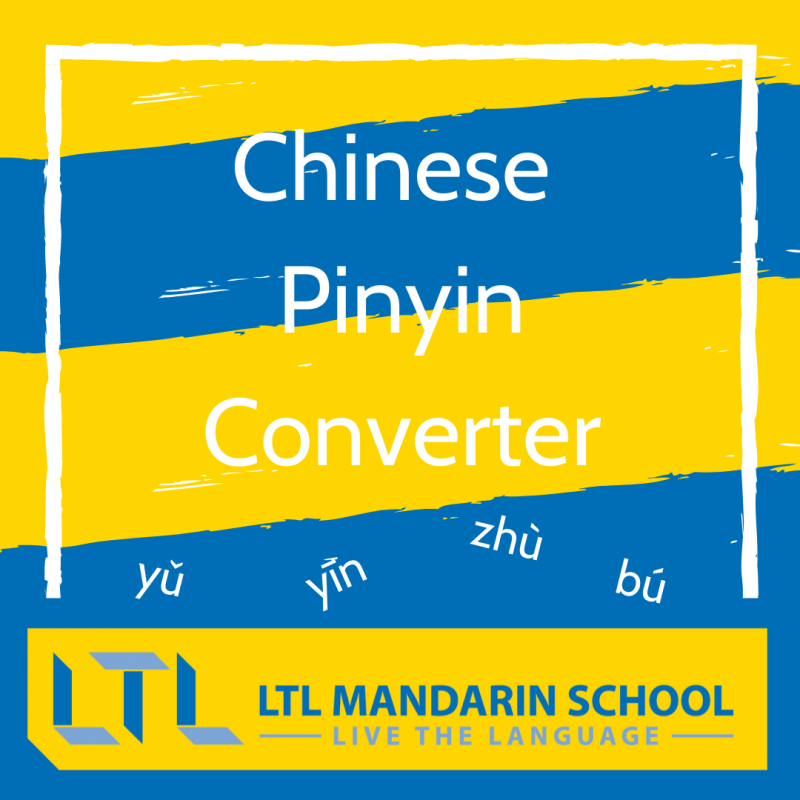
At the time I left Hong Kong when I spoke to people on the phone they would sometimes think I was Chinese – though usually someone from mainland who had moved to Hong Kong (it’s extremely hard to have perfect pronunciation in Cantonese if you weren’t raised in an environment where you were exposed to the sounds and tones from a young age!).
The first big difference is the lack of a Romanization system (pinyin/pingyam) that people agree on.
I learned using the Yale system, which seems to be the most commonly used system at Universities in Hong Kong. (The legacy British system still used for location names, etc in Hong Kong is woefully inaccurate.)
While many Mandarin speakers might be able to write Chinese words in pinyin I never met a single native Hong Kong Cantonese speaker (outside of the language teachers) who had any idea how to write a Cantonese word in pingyam or who could tell me what tone a word is.
How Should You Learn Cantonese?
Studying Mandarin back in Beijing
PSST – did you know you can now learn Cantonese online with us here at LTL Mandarin School? Click the link to find out more!
The Tones in Cantonese and Mandarin
One of the biggest differences between Mandarin and Cantonese? The Tones!
Cantonese has three tonal registers (low/mid/high) with flat tones and rising/falling tones between some of the registers (though no “boomerang” tone like the third tone in Mandarin.)
While some people like to say there are nine tones, some of these are extremely subtle variants of six main tones.
The Yale system technically has seven but because the “high falling” tone functionally no longer exists there are really six.
Finally, the last big difference between Mandarin and Cantonese is the lack of written Cantonese.
Technically Mandarin and Cantonese are just different spoken dialects of the same language but there are actually characters for spoken Cantonese used in comic books and other “unofficial” writing – basically just homophones of “official” characters with a “kou”/mouth character tacked on to the front.
You generally won’t see this in books but they do exist.
There are significant differences between spoken Cantonese grammar and Mandarin – many of which I’m only now discovering!
Returning to my experience, after the Mandarin classes I took at University my Chinese progression stopped and my Cantonese continued to deteriorate.
I had a couple short trips to Beijing for work and grad-school, which reminded me of how much I enjoyed studying Chinese but I always knew I needed to spend more time immersed in the language if I was to have any chance of getting more comfortable speaking Mandarin.
Things finally worked out so that I could spend two months in Beijing, which is how I came to LTL. Two months is nowhere near long enough but it’s a start.
How Should you Learn Cantonese?
Learning Mandarin after learning Cantonese has been fairly frustrating but before I get into that I’ll first start by describing how I learned Cantonese.
Before I arrived in Hong Kong I had two months of extremely intensive basic training – 8 hours per day in a small class of about 10 students. Prior to this my only exposure to Cantonese was from the movie Wayne’s World! (“你好靓啊!”)
The focus of my study was spoken Cantonese so I didn’t learn characters at first – only pingyam initially.
I stepped off the plane in Hong Kong knowing that I could only say the most basic of things.
More importantly what was said back to me when I did speak was completely incomprehensible at full speed in ordinary daily life.
But I was extremely determined and was living in the New Territories so was fully immersed in the language.
I was speaking to local Hong Kong people every day and had a goal to study at least an hour a day on my own.
From this point on my language study was mostly self-guided and a huge frustration was a lack of resources.
The number of on and off-line resources for studying Mandarin is staggering (see the video below for just a few).
In addition to the books I use in my classes at LTL, I use Pleco constantly – whether it’s just looking things up, using flash cards or using the character recognition function (especially on menus!).
In addition to several other apps I also subscribe to a Chinese podcast site.
When I was in Hong Kong, however, there were a lot fewer options. I used the “Speak Cantonese” series of books that was originally written decades ago.
The version I used in the late 90s had all sorts of outdated language and expressions. I had a box of 1000 (actual printed!) flashcards I used when I started learning characters and I used my pingyam dictionary constantly.
The first one I had fell apart because I used it so much. (Now my iPhone battery just dies all the time.)
It took me about six months in Hong Kong before I felt like I was actually hearing the language – as in I could actually hear the tones and I knew pingyam well enough that if I didn’t know a word I could at least write it down to look it up later (in a book!).

I initially listened repeatedly to a tape (!) of Cantonese sounds and tones and recorded my own voice to listen to how I sounded.
I spent countless hours using my box of 1000 flashcards and the many hundreds of additional cards I created to memorize the correct pingyam for words – even if I still wasn’t saying things very accurately.
After about a year of studying and speaking to people on a daily basis I started to feel fairly confident in my ability to communicate comfortably in Cantonese.
Somewhere around that time I also discovered the most amazing Cantonese book: Cantonese: A Comprehensive Grammar by Stephen Matthews and Virgina Yip, originally published in 1994 and updated in 2010.
This was a huge key for improving my Cantonese as the grammar lessons in the Speak Cantonese series were sporadic and incomplete. (The grammar book also has great introductory information about topics mentioned above: Cantonese tones, pingyam systems, and the difference between Mandarin and Cantonese – all of which you can actually read on Amazon for free using the “Look inside” function!)
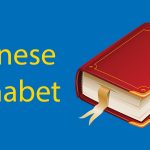
Chinese Alphabet 🗣 What is it? Does it Exist? A Definitive Guide
Does the Chinese Alphabet exist? What’s the history of Chinese Characters? What are the most common Chinese characters? All your questions, answered
Coming Back to Beijing
Coming to Beijing so many years later to study Mandarin has been fairly frustrating.
One month on and I feel like I’m now finally hearing the various sounds and tones properly.
The biggest challenge is that I simply haven’t learned the correct pronunciation (or the correct tones) for words in Mandarin that I know (or once knew!) in Cantonese; often I know what I want to say and even most of the words but it just all comes out wrong.
Also, I’ve discovered that the commonly used word in Beijing is often the less commonly used word in Cantonese – or a completely different one. (I used the wrong word for “spoon” at a restaurant for instance; my charades-like spoon gesture worked thankfully.)
There are some useful tricks and tips for adjusting Cantonese pronunciation and tones in Mandarin – words in Cantonese that don’t end with consonants have a predictable tone in Mandarin:
High tone becomes 1. Low falling becomes 2. Low and Mid-rising becomes 3. Low and Mid-flat become 4. (e.g. 车牌 : ch paih – high tone and low falling will become 1st and 2nd tones, respectively in mandarin: ch pi.)
But there are exceptions of course and there is really no way around simply learning the correct tones and pronunciation – either by memorization or from hearing it enough that it sinks in.
For me this was a lot easier to do in Hong Kong when I was in my late teens than it is now!

I Learned Chinese Across China || Here’s Where You Should Go
Where is the best place to learn Chinese in China? The country isn’t exactly small, options are vast and it can appear tough. Here’s our favourites.
Mandarin Classes at LTL
At LTL I am doing only one-on-one classes.
Because my reading comprehension level is much higher than my speaking ability it didn’t make sense to either be in an intermediate group class beyond my speaking ability or a beginning class where I would already know all the characters and grammar.
My teachers have been extremely flexible and accommodating with what we study.
In addition to the text book we have also read the newspaper together, done the listening comprehension sections of HSK practice tests or simply had a discussion about a topic that interests me (especially film & television given that is my professional background).
This has worked well to give me new vocabulary to study while figuring out which words I know from Cantonese I can add to my day-to-day Mandarin vocabulary (if I can re-learn how to say them correctly).
I do feel like it is an incredible advantage having studied Cantonese before Mandarin.
Having learned a lot of characters in Hong Kong (albeit traditional vs. simplified), I’m often re-learning things that I once knew as opposed to starting completely from scratch.
But perhaps what has helped me the most from my time studying Cantonese in Hong Kong is being extremely comfortable with failing!
Any observant student of Chinese knows all too well that blank look on people’s faces when you’re talking to them and their eyes glaze over and you know they have absolutely no idea what you’re saying – even if they’re nodding and pretending to!
In Hong Kong even more than in Beijing people would often assume I didn’t speak Cantonese so it required really thick skin to force myself to open my mouth, knowing the odds they would even listen were low so the odds they would understand me were even lower.
But it did make it feel that much better when people actually understood.
I’ve got a long way to go learning Mandarin but coming to LTL has been exactly what I needed to get me started and motivated to keep learning.
Summary – The 7 Main Differences between Mandarin and Cantonese are:
1. Written vs Spoken Language
Whilst Mandarin Chinese (with the exception of Taiwan) is usually written in simplified characters and Cantonese is usually written in traditional characters, most native speakers can read and generally understand both versions.
However, when spoken, Mandarin and Cantonese are mutually unintelligable.
For example, 你好!means hello in both Mandarin and Cantonese. Yet in Mandarin, 你好 is pronounced as nǐ hǎo and in Cantonese it is pronounced as néih hóu.
Whilst there are some similarities in pronunciation, you’d really struggle to get by using Cantonese in somewhere like Bejing or Shanghai!
2. The Tones
In Mandarin Chinese, there are only 4 tones (plus a neutral, or toneless, pronunciation). Cantonese, on the other hand, has 6 tones.
Whilst that might sound pretty intimidating, you can check out this video if you’d like to give the 6 tones a try, it might not be as bad as you think!
3. Pronunciation
It’s not just the tones that are different – the pronunciation differs pretty starkly too!
There isn’t too much of a difference between initials (the starting sound of a word), with Mandarin having 23 and Cantonese having 19 initials. Mandarin uses the initials zh, ch, shi and r, which don’t appar in Cantonese, whereas Cantonese uses ng, kw and gw, which don’t appear in Mandarin.
There’s a much bigger difference in the finals of both languages, i.e. the ending sound of words. Mandarin has 35 finals and Cantonese has a whopping 53 finals.
Whilst we’re not going to list every one of them out here, just to give you an idea, Cantonese includes finals like ‘uk’, ‘ok’, and ‘ip’, which don’t appear in Mandarin.
4. Romanization
Almost always, Mandarin is romanized with the Hanyu Pinyin system, making it a pretty unified system and so broadly accessible to learners. Even in Taiwan, where local people use Zhuyin (also known as Bopomofo) to type or pronounce characters, foreign Chinese language students are usually taught with the Pinyin system.
For Cantonese, there isn’t one universally accepted system. This can cause some confusion for learners as they may find different materials use different romanizations.
The two most commonly used romanization methods for Cantonese are Jyutping and Yale.
Jyutping shows tones as numbers, which can make typing in cantonese pretty straightforward.
The Yale System, similar to Hanyu Pinyin, shows the tones above the vowels, which can be helpful for practicing pronunciation without having to remember which tone fits with each number. This system is most commonly used for Cantonese learners.
There are other systems out there, such as Cantonese Pinyin, Sidney Lau Romanization and Guangdong Romanization – but we’d recommend sticking to Yale or Jyutping!
5. Number and Regions of Speakers
Mandarin is an official language of China, Taiwan and Singapore. It is also widely spoken in Malaysia and Indonesia, not to mention the millions of native speakers spread out across the USA, Australia and Canada!
Overall, it is estimated that there are 955 million Mandarin speakers globally.
Click here to check out our article on which countries speak Chinese and the best places to study!
On the other hand, there are an estimated 70 million Cantonese speakers worldwide.
The vast majority of these are in Hong Kong, Macau and Guangdong Province in the south of Mainland China.
An easy way to remember this is to think about the name. Canton was the old western name for Guangzhou, hence the language of Cantonese!
Whilst Mandarin is becoming more prominent in these areas, Cantonese is still often used for government communication in Hong Kong, alongside English and Mandarin.
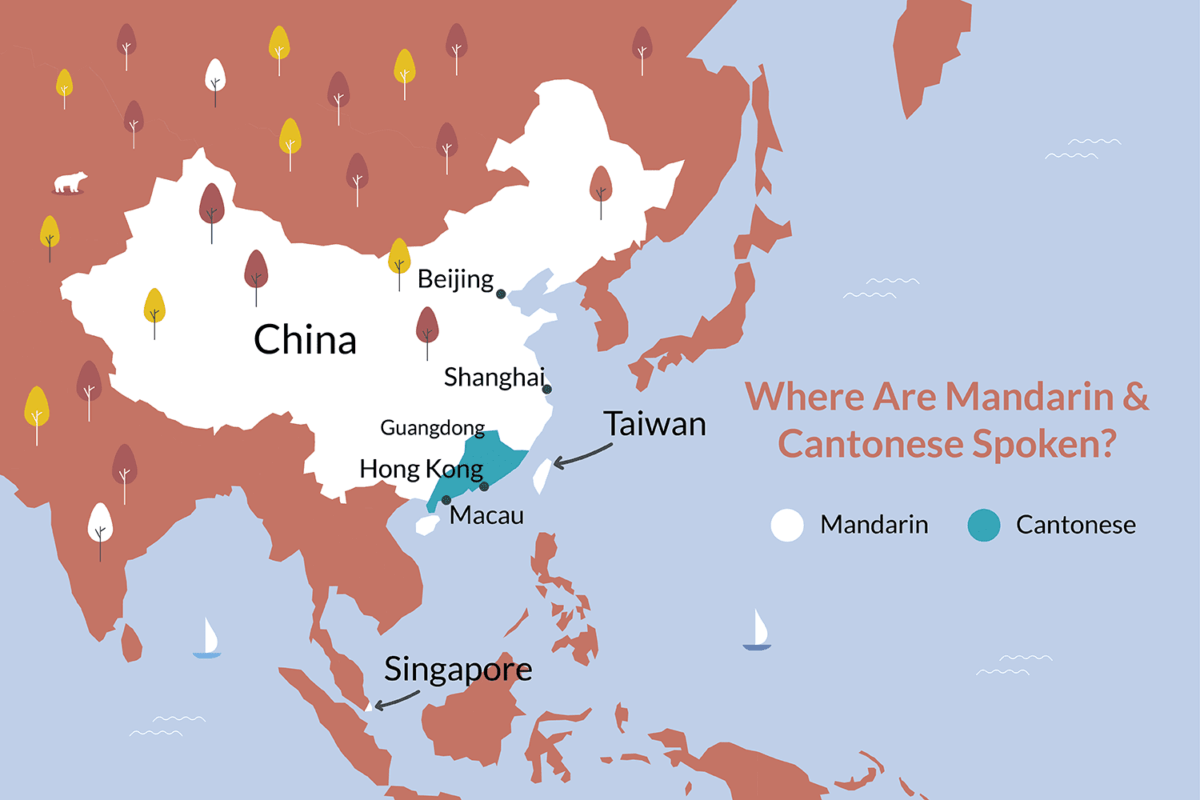
6. Learning Materials
If you Google ‘learn Chinese’, you’ll find an almost endless supply of resources – at least for Mandarin.
As mentioned earlier in the blog, the choice of learning materials for Cantonese can be a lot more limited.
This is compounded by the popularity of both languages in western education systems. Whilst Mandarin has charged ahead with seeminly unstoppable growth, some universities have had to launch petitions to rescue their dwindling Cantonese programs.
Whilst it’s absolutely possible to find great Cantonese classes, this means that outside of class there may not be as many apps, graded readers or textbooks available to you to choose from.
7. Usability
There’s a whole host of great reasons to learn Cantonese, whether it’s enjoying Cantonese movies or songs, living and working in Hong Kong or ordering your meal at a Cantonese restaurant in San Francisco.
One thing to note, however, is that as Mandarin’s influence grows, more and more native Cantonese speakers, especially in China, Hong Kong and Macau have a working understanding of Mandarin, whereas the opposite isn’t usually true.
You therefore might find that if you want to visit or live in China in the future, Mandarin may be the more practical choice.
Mandarin will also open doors to other regions, including Taiwan, Singapore and Malaysia. Not to mention Mandarin is often highly valued by employers as business conducted in Mandarin continues to flourish.
Ultimately, this depends on your own personal goals. We know from experience, the language you’ll do best at is the language you’re most passionate about!
Gareth Wilson
Some useful resources for Cantonese speakers who want to learn Mandarin can be found on Chinese lessons.
Gareth enjoyed eight weeks at LTL Mandarin School doing an Intensive Individual program and lives in a serviced apartment in Beijing.
LTL offers specialized Mandarin courses for Cantonese speakers in Beijing.

Simplified or Traditional Chinese? Which One Is Right For Me in 2025?
Simplified Chinese vs Traditional Chinese 🤔 This will depend on your goals and where you want to study or live. Let’s help you decide.
Differences between Mandarin and Cantonese – FAQ’s
Are Mandarin and Cantonese the same?
No, Mandarin and Cantonese are two mututally unintelligible languages. When listening you will struggle to note a similarity between the two, though there are some similarities and they both use Chinese characters as their written forms.
What’s the difference between Chinese, Mandarin and Cantonese?
Chinese is an umbrella term for all language spoken in China. This not only includes Mandarin and Cantonese, but also smaller dialects like Hokkien and Shanghainese. Usually when people mention ‘Chinese’, they are talking about Mandarin as it is the official language of China.
Do Mandarin and Cantonese have an alphabet?
Chinese (the group name for Mandarin and Cantonese) does not have an alphabet, but a complete set of characters to memorize.
How many tones do Mandarin and Cantonese have?
Mandarin has 4 (with a neutral 5th) and Cantonese has 6 (but can rise up to 9).
Do they speak Cantonese in Mainland China?
Generally no, but towards the south there is a higher chance of hearing it. Cantonese is spoken in Hong Kong, Macau, Guangdong Province, and Southern parts of China.
Do they speak Mandarin in Hong Kong?
Cantonese is the language of Hong Kong although some will understand and speak Mandarin also.
Are Traditional and Simplified Mandarin the same?
When spoken they will generally sound the same but written is where they differ. Traditional Chinese generally has more complex looking Chinese characters.
If you wish to hear more from LTL Mandarin School why not join our mailing list. We give plenty of handy information on learning Chinese, useful apps to learn the language and everything going on at our LTL schools! Sign up below and become part of our ever growing community!
Want more from LTL?
Want to learn Chinese from the comfort of your own home? Then our 24/7 online Chinese lessons might be the thing for you.
We offer a 7 day free trial to all new online students where you can study Mandarin 24/7.
Come and check it out free of charge and see what you think!
If you wish to hear more from LTL Language School why not join our mailing list?
















 Hi, my name is Manuel! I am from Spain and I am a Student Advisor at LTL. I’m now based at our Seoul School after living 3 years in Taipei.
Hi, my name is Manuel! I am from Spain and I am a Student Advisor at LTL. I’m now based at our Seoul School after living 3 years in Taipei. Hi, my name is Mojca! I am from Slovenia in Europe and I work as a student advisor at our Shanghai school.
Hi, my name is Mojca! I am from Slovenia in Europe and I work as a student advisor at our Shanghai school.
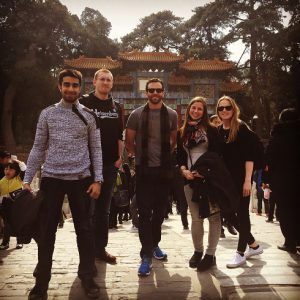
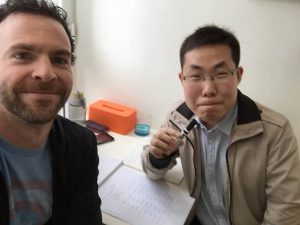

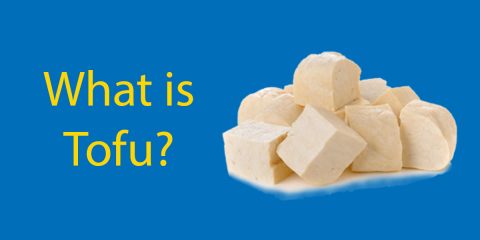

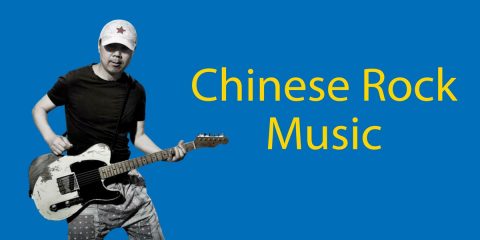

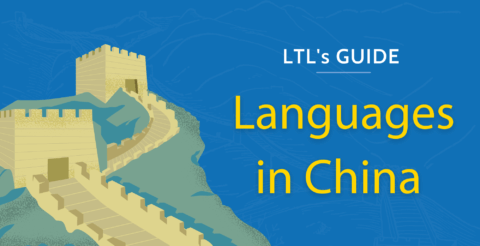
3 comments
[…] primary difference between Mandarin and Cantonese is in pronunciation, where Mandarin is usually romanized using the pinyin system while Cantonese […]
Cantonese is absolutely solid. mandarin easier
Difficult, but not impossible Luka!